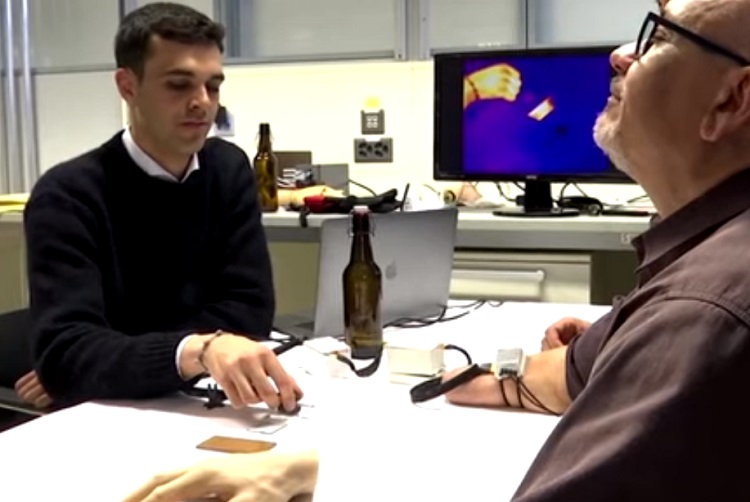A study conducted by researchers from Switzerland and Italy has revealed that MiniTouch, a newly developed device, has the potential to enable individuals with amputations to discern the temperature of objects, whether they are hot, cold, or somewhere in between.
The warmth experienced during social interactions, such as handshakes or hugs, contributes significantly to the human touch in social settings.
With this in mind, the researchers have designed MiniTouch to provide individuals with amputations the opportunity to experience these natural temperature sensations through their prosthetic limbs.
The research team asserts that this innovation represents a significant milestone and sets the stage for incorporating a variety of sensations into artificial limbs.
Professor Solaiman Shokur, a leading author of the study affiliated with the Swiss Federal Institute of Technology Lausanne, highlights the importance of enhancing sensory feedback from prosthetic devices, as it contributes to individuals’ sense of embodiment with their artificial limbs.
MiniTouch: Boosting Sensory Perception in Prosthetics
Expanding upon this phenomenon, the research team developed the MiniTouch device, which incorporates a temperature sensor positioned on the prosthetic hand at the site where the individual experiences phantom thermal sensations.
Upon detecting a deviation in temperature from the baseline of 32 degrees Celsius, the sensor transmits a signal to a temperature controller.
This controller then relays the information to another component affixed to the upper portion of the prosthesis, which makes contact with the skin of the arm.
Subsequently, the temperature detected by the sensor is replicated on the arm at the specific location associated with the phantom sensations.
In the present study, the device replicated temperatures ranging from 20 to 40 degrees Celsius.
Consequently, the individual perceives a thermal sensation in their absent hand, corresponding to the location of the temperature sensor.
To evaluate the effectiveness of the MiniTouch, the researchers applied it to the prosthetic limb of Fabrizio, a 57-year-old individual who underwent amputation below the elbow on his right arm.
Fabrizio’s Water Temperature Accuracy

The research team found that Fabrizio could distinguish visually identical bottles of water at cold, hot, or room temperature with 100% accuracy.
When the device was off, his accuracy dropped to 33%.
Blindfolded, Fabrizio used the MiniTouch device to distinguish copper, glass, and plastic slabs with the same accuracy as his other hand. However, without device activation, his choices were random.
The MiniTouch device also improved Fabrizio’s blindfolded ability to distinguish his real and prosthetic arms.
Professor Shokur suggested that his intact hand’s sensory input, including texture perception, may have explained his higher accuracy.
The device improved Fabrizio’s accuracy, but not speed, when sorting a box of hot and cold steel cubes in one minute.
Fabrizio reported that his absent hand felt hot or cold cubes more than his intact hand.
